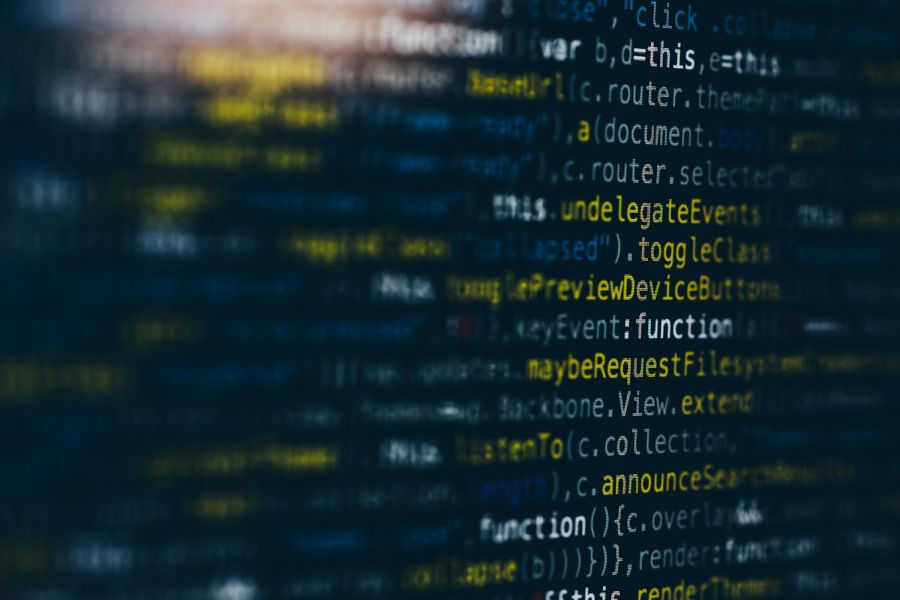
The Software as a Service (SaaS) firms have unprecedented growth, revolutionizing how companies run and provide services. Organizations are using SaaS solutions ever more, but there are complicated compliance issues and regulatory requirements that come with the territory. This article will examine the main compliance issues that SaaS providers and consumers must deal with, as well as the legal environment and successful ways to overcome these obstacles.
Comprehending the Regulatory Environment
Regulations on Data Protection
SaaS platforms handle enormous volumes of sensitive data, thus adhering to data privacy laws is crucial. Strict procedures are required to guarantee user data security and privacy to comply with laws like the California Consumer Privacy Act (CCPA), the General Data Protection Regulation (GDPR), and others. Also ensuring that third-party companies handle and keep client data securely is the main goal of SOC 2 compliance checklist.
Regulations Particular to the Industry
Different sectors have different standards for compliance. For instance, financial businesses must stand by laws like Sarbanes-Oxley (SOX) and the Payment Card Industry Data Security Standard (PCI DSS), while healthcare establishments utilizing SaaS solutions must adhere to the (HIPAA) Health Insurance Portability and Accountability Act.
International Adherence
International regulations present a problem for SaaS vendors with a global presence. To prevent legal issues and guarantee smooth operations, it is essential to coordinate compliance activities across various jurisdictions, each of which has its own set of regulations.
Service Level Agreements (SLAs)
Meeting the requirements stated in Service Level Agreements is another zone where compliance problems ascend. SaaS suppliers need to make sure that the performance, security, and availability of their services meet the promises given to customers.
Principal Compliance Complications
Privacy and Data Security
User data protection is of utmost importance. To protect sensitive data, SaaS providers need to have strong security measures, encryption techniques, and access controls in place. To find and fix any risks, periodic security audits and evaluations of vulnerabilities are crucial.
Management of Vendors
Many businesses use a variety of SaaS providers, each with different compliance standards. It might be difficult to oversee and coordinate compliance initiatives across multiple providers; this calls for an extensive vendor management plan.
Documentation and Audit Trails
Keeping thorough records and audit trails is frequently necessary for compliance. To prove compliance with regulatory requirements, SaaS providers need to set up reliable systems for monitoring and recording user activities, access to data, and system modifications.
Sovereignty and Data Housing
Concerns about data sovereignty and residency must be addressed by SaaS providers, particularly when handling cross-border data transfers. It is essential to comprehend and abide by local laws governing the storage of data to prevent legal issues.
Patch management and updates
Patches and upgrades must be applied often to fix security flaws. The implementation of these improvements without causing any disruptions to services and guaranteeing that all updates adhere to pertinent legislation present a considerable barrier.
Controls over User Authentication and Access
To stop illegal access to sensitive data, stringent identification of users as well as access controls are necessary. Ensuring that sensitive data may only be accessed and modified by authorized persons is essential for maintaining compliance.
Contractual Conditions and SLA Adherence
Contractual and service-level agreements offer additional compliance concerns. SaaS suppliers need to make sure that the performance, security, and availability of their services meet the promises given to customers.
Techniques for Handling Compliance Issues
Comprehensive Assessment of Compliance
Identify applicable laws and requirements by conducting a thorough compliance review. This entails being aware of the types of data being handled, the sectors they serve, and the geographical locations of the users and providers.
Strong Security and Data Encryption Mechanisms
Protect sensitive data by putting robust encryption techniques and security safeguards in place. Improve user access controls, this entails implementing multi-factor authentication, encrypting stored data, and utilizing secure transmission routes.
Frequent evaluations and audits of compliance
To determine whether regulations are being followed, conduct periodic internal as well as external compliance audits. By taking a proactive stance, possible compliance problems are found and resolved before they become more serious.
Awareness and Education of Users
Inform users about security precautions and data protection policies. User awareness initiatives help to foster a compliance culture by lowering the possibility of inadvertent data breaches and making sure users are aware of their responsibility for upholding security.
Good Management of Vendors
Set strict selection criteria for SaaS vendors and thoroughly investigate their compliance procedures. Keep the lines of communication open with your vendors, and make sure your contractual agreements clearly state what has to be done to comply.
Clear Guidelines for the Handling of Data
Users should be informed of data management policies clearly. Clear, understandable privacy rules foster confidence and provide consumers with information about how their data is gathered, used, and safeguarded.
Frequent Staff Training
Employees should receive frequent training so they are knowledgeable about compliance regulations and best practices. This entails keeping abreast of modifications to regulations and modifying internal procedures as necessary.
Working Together with Legal Professionals
Work together with legal professionals who understand compliance and data protection. Legal experts can guarantee that SaaS companies remain ahead of changing compliance needs, offer insightful advice, and assist in interpreting complex rules.
Investing in Technologies for Compliance
Invest in cutting-edge solutions that make compliance initiatives easier. To expedite the compliance management process, this entails implementing technologies for automatic compliance reporting, threat identification, and continuous monitoring.
Updated Frequently Incident Response Plan
Create and keep up a response plan for incidents that specify what should happen in the event of a non-compliance or security breach. Make sure the plan is effective at reducing risks by testing and updating it regularly.
Conclusion
Addressing compliance challenges is essential to maintain user confidence and security as well as meeting regulatory standards in the dynamic and quickly growing SaaS market. SaaS providers need to take a proactive and all-encompassing stance, implementing strong security measures, keeping abreast of evolving legislation, and cultivating a compliance-oriented culture inside their establishments. SaaS providers may meet the challenges of current compliance and prepare for future regulation developments in this dynamic environment by putting these methods into practice.

Founder Dinis Guarda
IntelligentHQ Your New Business Network.
IntelligentHQ is a Business network and an expert source for finance, capital markets and intelligence for thousands of global business professionals, startups, and companies.
We exist at the point of intersection between technology, social media, finance and innovation.
IntelligentHQ leverages innovation and scale of social digital technology, analytics, news, and distribution to create an unparalleled, full digital medium and social business networks spectrum.
IntelligentHQ is working hard, to become a trusted, and indispensable source of business news and analytics, within financial services and its associated supply chains and ecosystems









